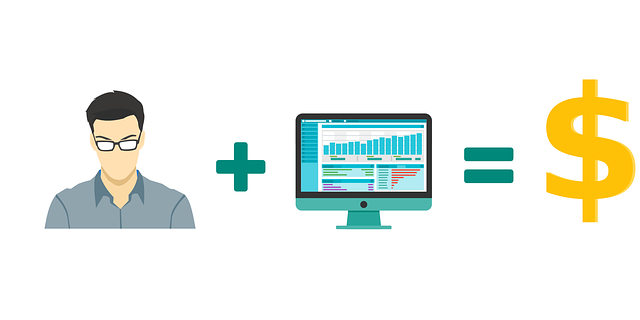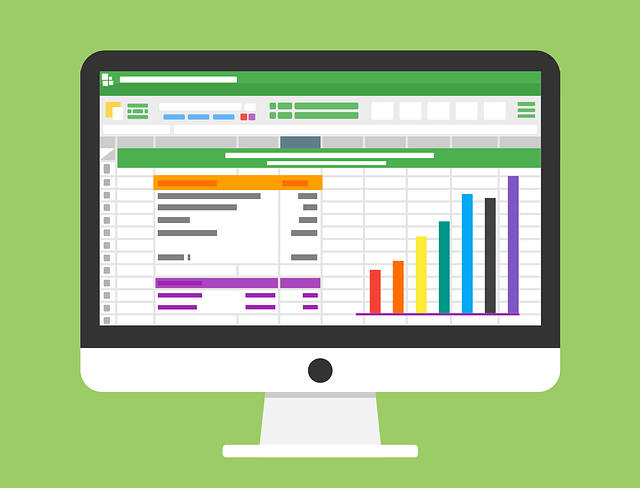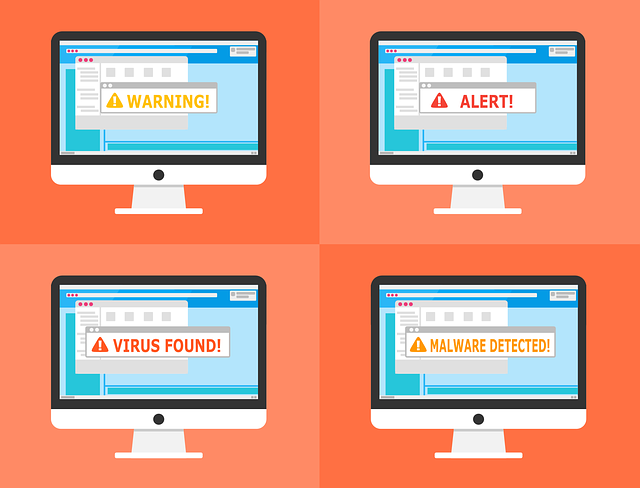We’ve been meaning to get this off our chest for a while…
Excel was made for data manipulation, visuals and analysis, not as a way for businesses to manage all of their customers’ data.
We see time and time again people using Excel and spreadsheets to manage their customer contact details, marketing preferences and all sorts of vital business information.
Well we’ve had enough! It’s time to give you the hard facts why you should be using a Customer Relationship Manager (CRM) and NOT Excel.
Here the team at PCM share their pet peeves when it comes to spreadsheets masking as CRMs, and how a properly designed system would be a much better solution.
Where’s the history? Where’s the accountability?
To track changes that have been made in spreadsheets, you would need to add comments and notes, or you could save a new version of your spreadsheet after every edit. But you’re looking at massive amounts of storage space, and there’s no accountability. As yet, there’s no way to easily track changes that have been made in a spreadsheet.
With change management functionality, CRMs will log who has accessed and edited data and keep a record of the old information as part of your regular backup routine. You can add notes and comments which can all be tracked for date, time and the person who entered it. Imagine having to add new columns, an identifier and manual data stamps each time you make a note or comment in Excel!

Where’s the productivity?
Excel was designed for big screens and PCs with a fair bit of processing power. So far Microsoft haven’t been able to transfer Excel’s functionality when it is used on smaller devices such as tablets and mobiles, and definitely not on non-Windows devices.
Functions that should take mere milliseconds take longer, and require a lot more manual work than when using a Windows PC. Some of the more complex actions are almost impossible on portable devices.
Modern CRMs are designed with mobility in mind. You can access your data from anywhere using an internet connection, and the performance is not compromised across devices - so you can do exactly the same on a mobile as you can on a desktop.

Where’s the speed? Where’s the performance?
If you’ve never internally raged as you add a filter and sort your data, only for it to take several seconds to reload; and then you have to do that over and over again, then you’re obviously an Excel genius. Because spreadsheets can be incredibly slow once you’ve inputted enough information, and we all know that a slow performing system does not help improve productivity.
There’s a definite limit to the amount of data that can be stored in Excel. And if you reach that limit, your only option is to either create a new document which is then hard to link and reference, or you need to delete some of the data.
With a CRM system, there is normally always room for growth and expansion. If you use a cloud-based or hybrid system, additional bandwidth is normally relatively cheap, and for most businesses the likelihood is that you’ll never run out of space as you’ll have enough storage space for your data.

Where’s the protection?
As with most software products, Excel is at risk from internal and external threats. Lukasz has some specific feedback on the security threats Excel can pose to your data…
-
Excel can be dangerous as it can spread macro viruses within itself
-
The Excel password feature is very easy to hack, and should not be the only level of security you use to protect data
-
With most CRMs you can use strong passwords, secure software and two factor authentication.
-
-
Human error means that you can easily lose your work by closing the program without saving your work
-
Most CRMs include an auto-save feature or warnings that prevent you closing a screen without confirming if you’ll be saving or discarding your work.
-
-
You can’t restrict access to certain bits of data, so if you need to share information, you have to share the whole workbook. That means you can’t stop junior staff seeing management information, for example.
-
Customer Relationship Managers allow you to create different profile levels associated with data types, so you can be very granular over who can see what information,
-
We hope we’ve convinced you of the pitfalls of using Excel as a customer database management tool. In our next blog post we’ll be delving deeper into how a bespoke CRM system can help you to increase business with intelligent live data, reports and automation.
Date published: 13/08/2018